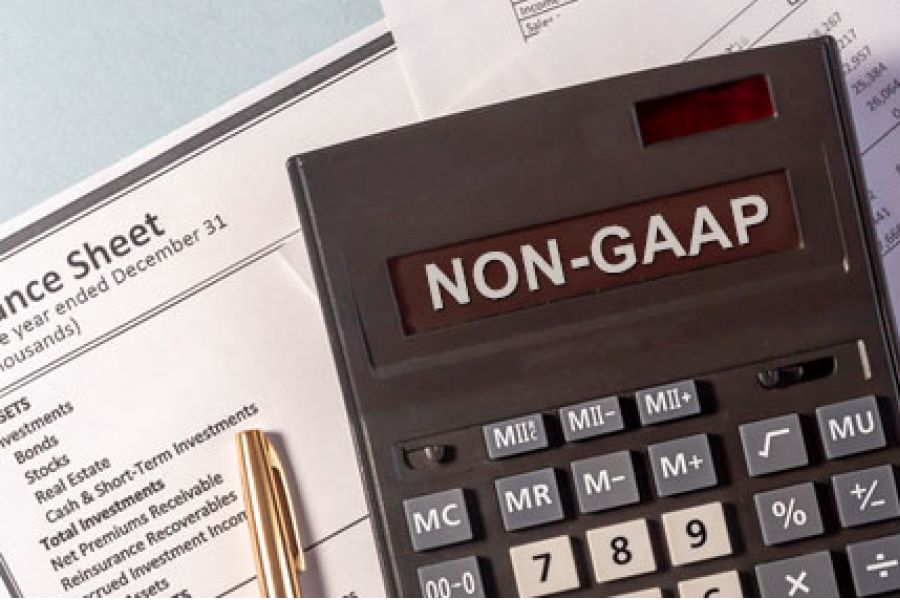Non-GAAP Measures Can Be Misleading

Not all companies follow U.S. generally accepted accounting principles (GAAP). Many smaller businesses, for example, have adopted the AICPA’s Financial Reporting Framework for Small and Medium-Sized Entities because it’s easier to follow. Other businesses may use non-GAAP measures because they don’t believe GAAP provides readers of financial reports with enough information to make informed decisions. Non-GAAP accounting is, in a nutshell, any measure a company uses that relies on a methodology not included in GAAP. But not all measures are necessarily created equal. Some non-GAAP measures can be misleading, and have the potential to mislead investors, lenders and the public.
History lesson
Historically, U.S. companies have used non-GAAP measures sparingly. Yet according to financial data provider Audit Analytics, in 2017, 97% of financial statements produced by S&P 500 companies used at least one non-GAAP measure. While GAAP-related measures are audited by qualified accounting firms, non-GAAP measures undergo no such scrutiny.
So although non-GAAP measures may help enlighten stakeholders regarding a company’s activities, they also have the potential to mislead or even provide false information. Another potential issue: Due to methodological differences between GAAP and non-GAAP principles, comparing data between companies that use different measures can be difficult.
SEC rules
Arguably, companies using non-GAAP principles add a degree of variability and subjectivity to financial filings and disclosures. To avoid accusations that uncertainties, errors or inconsistencies contained in your company’s releases are intentional, develop appropriate procedures.
The Securities and Exchange Commission (SEC) has established three rules for the use of non-GAAP measures:
- Regulation S-K, Item 10(e) covering SEC filings,
- Regulation G, which provides instructions for earnings releases, and
- Item 2.02 of Form 8-K about making public disclosures of any type.
These rules are intended to help companies using non-GAAP measures to put numbers in context. You should, for example, reconcile non-GAAP measures to comparable GAAP measures and explain why someone might find the non-GAAP measures insightful. To help stakeholders analyze financial results over time, also be sure to present non-GAAP measures consistently.
You can minimize the potential for errors or omissions by verifying the accuracy and integrity of the data you rely on. And have your executive team regularly review your non-GAAP measures to ensure they continue to be appropriate.
Current incentives
In the current economically depressed environment, some companies using non-GAAP measures may have even greater incentive to present their performance in the best possible light. If you use non-GAAP measures, make sure you’ve chosen them well and that they accurately portray your company’s position. The last thing you need right now is to be accused of trying to deceive or mislead stakeholders because non-GAAP measures can be misleading.
(This is Blog Post #836)


